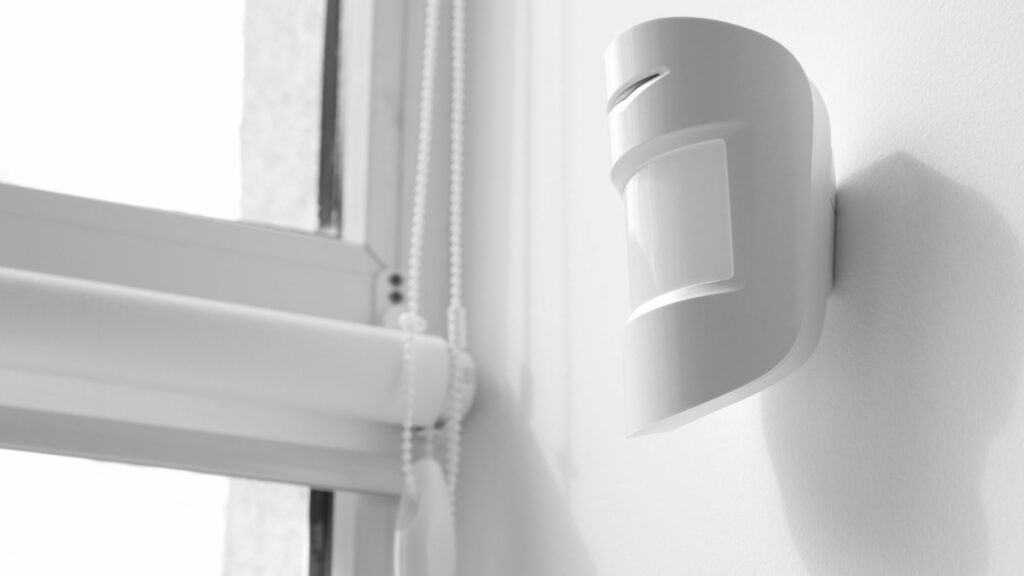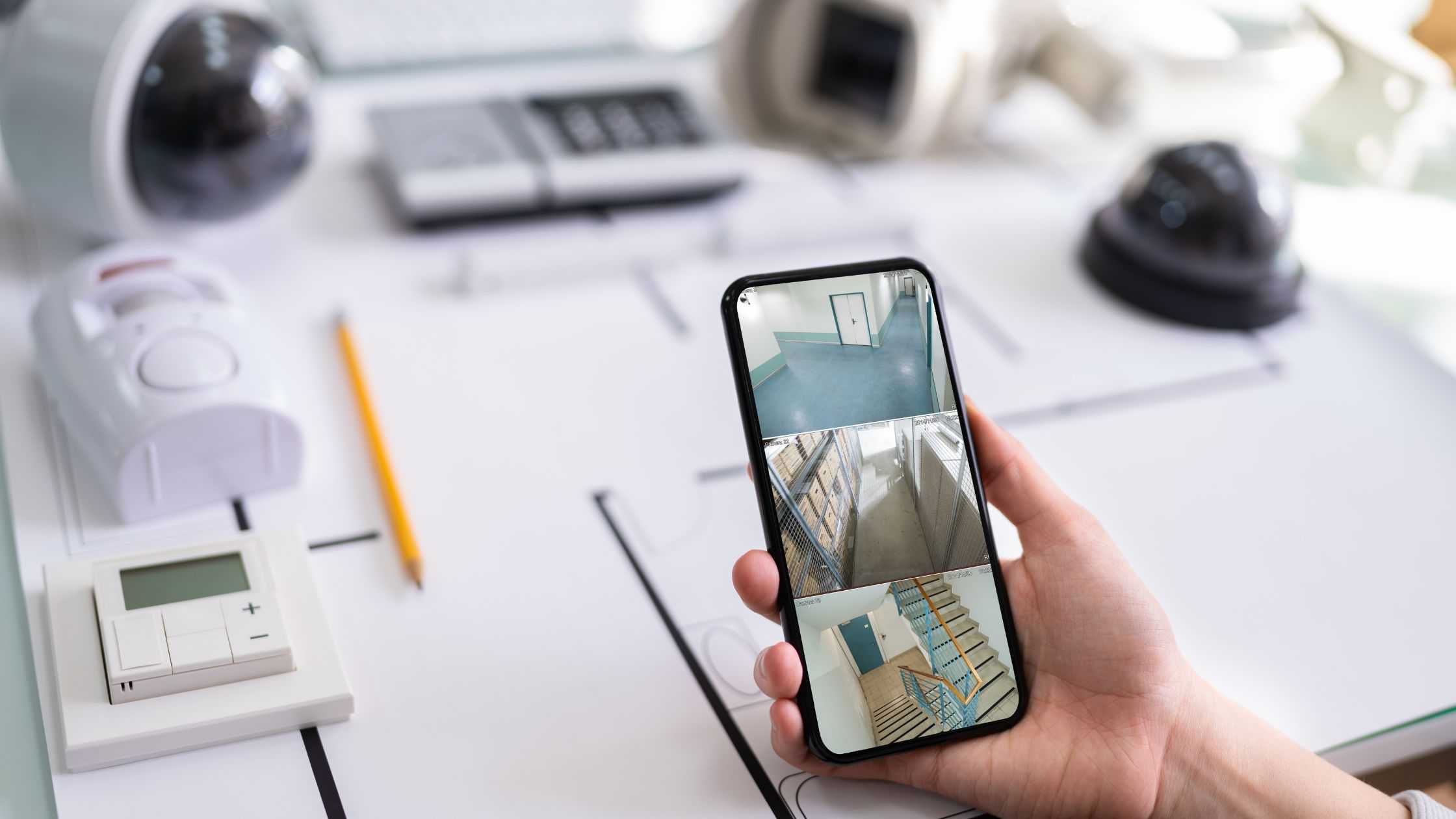Modern security alarm systems employ a variety of sensors that work together to provide comprehensive protection. These sensors can detect movement, sound, light, temperature, and more. Below, we will delve into some of the key sensors and how they function within a security system.
PIR Sensor (Passive Infrared Sensor)

Functionality
PIR Sensors are widely used to detect motion within a specified area. They sense infrared energy, often emitted by humans or animals, and trigger an alarm if a sudden change is detected.
Applications
- Home Security: For detecting unauthorised movement.
- Energy Management: In activating lights or heating systems based on presence.
Surveillance Radar
Functionality
Surveillance radar systems use radio waves to identify movement or objects within a monitored zone. They can cover large areas and provide information on object size, distance, and speed.
Applications
- Perimeter Security: In industrial compounds, prisons, or military installations.
- Traffic Monitoring: In monitoring vehicle movement and traffic flow.
Photo Electric Beam Sensor
Functionality
These sensors use a light transmitter and receiver. If the beam between them is broken, an alarm is triggered.
Applications
- Perimeter Protection: Often used in commercial buildings and outdoor security.
Shock Sensor
Functionality
Shock sensors detect vibrations or impacts, such as those made during a forced entry.
Applications
- Window Security: Placed on windows to detect if someone is trying to break in.
Mono-Oxide and Smoke Detectors
Functionality
These sensors detect the presence of carbon monoxide or smoke, triggering an alarm in case of potential fire or gas leak.
Applications
- Home Safety: Essential in residential buildings for fire safety.
Ultrasonic Detector Sensor
Functionality
Using ultrasonic waves, these sensors detect movement through the reflection of sound waves.
Applications
- Intrusion Detection: Particularly in enclosed spaces.
Vibration Sensors
Functionality
Vibration sensors are used to detect unusual vibrations or disturbances that might indicate an intrusion.
Applications
- Protection of Valuables: Such as safes or valuable artworks.
Passive Magnetic Field Detection
Functionality
Detects changes in the magnetic field, often caused by the movement of large metal objects.
Applications
- Vehicle Detection: In parking lots or secure vehicle storage areas.
Microphonic System Sensors
Functionality
These sensors pick up sound waves, identifying specific noises such as glass breaking.
Applications
- Window and Door Security: In residential and commercial properties.
Pressure Mats
Functionality
Pressure mats are placed under carpets or flooring and trigger an alarm when stepped on.
Applications
- Entry Point Monitoring: Such as entrances to restricted areas.
Glass Break Detectors
Functionality
Detects the specific frequency of breaking glass, often used alongside other sensors.
Applications
- Window Security: Enhancing the security of vulnerable glass windows.
Conclusion
The variety of security alarm system sensors allows for a tailored approach to security, ensuring that specific risks and vulnerabilities are adequately addressed. Whether it’s a simple home security system or a complex industrial security setup, understanding the role and application of these sensors is key to creating an effective security solution. Integrating a combination of these sensors ensures multi-layered protection, safeguarding against various potential threats and environmental hazards.

